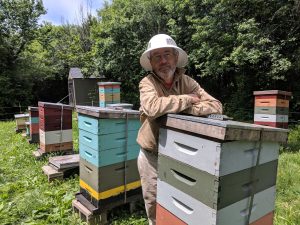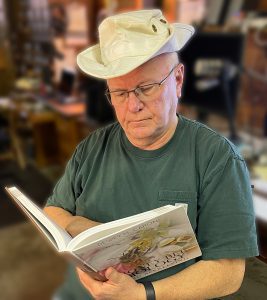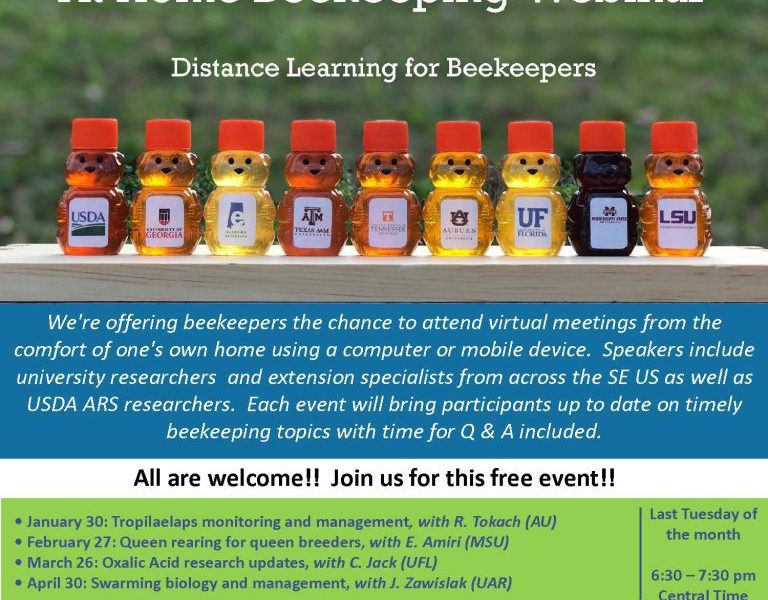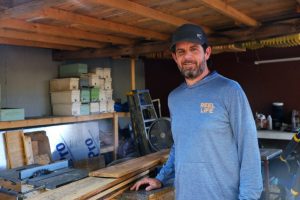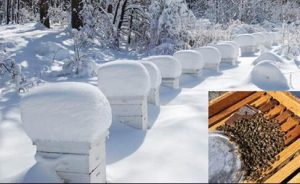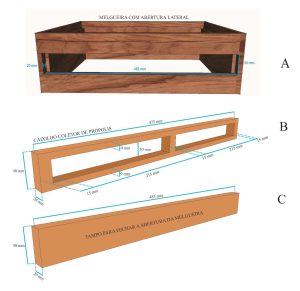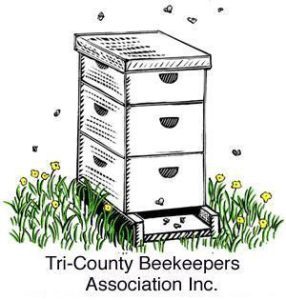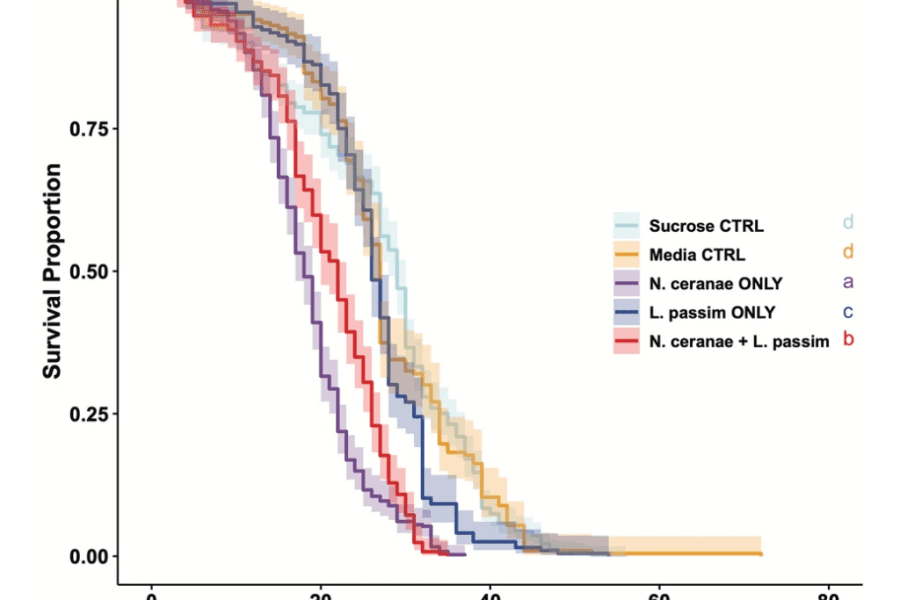https://www.beeculture.com/wp-content/uploads/2024/02/Rossquestions.mp3 Click Here if you listened. We’d love to know what you think. There is even a spot for feedback! Read along below! Answers to Some Common Bee Related Questions By: Ross Conrad Keep bees long enough and eventually you will run into a situation where you have more honey than you know what to do with. This is point…
UOVBA News BotFebruary 1, 2024

